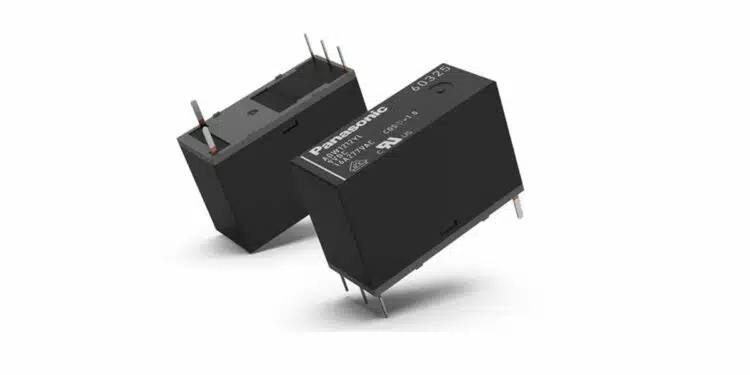Panasonic Industry is releasing new DW-YL latest polarized power relays featuring high inrush capability and low energy consumption, ideal for smart lighting and IoT applications.
The DW-YL is Panasonic Industry’s latest addition to the DW range of Polarized Power Relays. Providing an up-to-20A of latching relay functionality, the DW-YL series is specifically designed for demanding applications with high inrush currents:
They can handle up to 320A for 1.2ms, making them ideal for capacitive loads and other scenarios where robust inrush current handling is required.
Key Features
The DW-YL type boasts several outstanding features: Its compact PCB footprint of just 10mm wide ensures minimal space usage, allowing for more efficient design layouts The one or two coil latching design minimizes power consumption nearly to zero, making these relays an energy-efficient choice for applications and devices that are designed to fulfil modern sustainability requirements.
With a TV8 rating, the DW-YL relays offer high performance and durability, capable of handling up to 320A inrush current. Additionally, their low profile of just 15.8mm makes them suitable for applications where space is at a premium. These relays are also UL/C-UL and VDE certified, ensuring compliance with international standards.
Applications
The DW-YL series is particularly suitable for a variety of applications in lighting, IoT devices, and power distribution units (PDUs). In lighting, these relays can be used in electrical ballasts, smart lighting systems, and LED drivers where high inrush currents are common. For IoT applications, DW-YL relays are ideal for smart plugs and smart switches, providing reliable performance in compact devices. In PDUs, these relays can be used in multi-outlet power strips to ensure safe and efficient power distribution.
Florian Becker, Product Manager at Panasonic Industry Europe, comments, “The DW-YL relays provide our customers with a reliable choice for managing high inrush currents within a compact design.” He further notes, “and it’s not only about safety and durability, but thanks to the Polarized Power Relay principle, it also contributes to significant energy savings in countless applications operated daily. This makes the DW-YL relay an essential component for a more sustainable approach to energy.”































